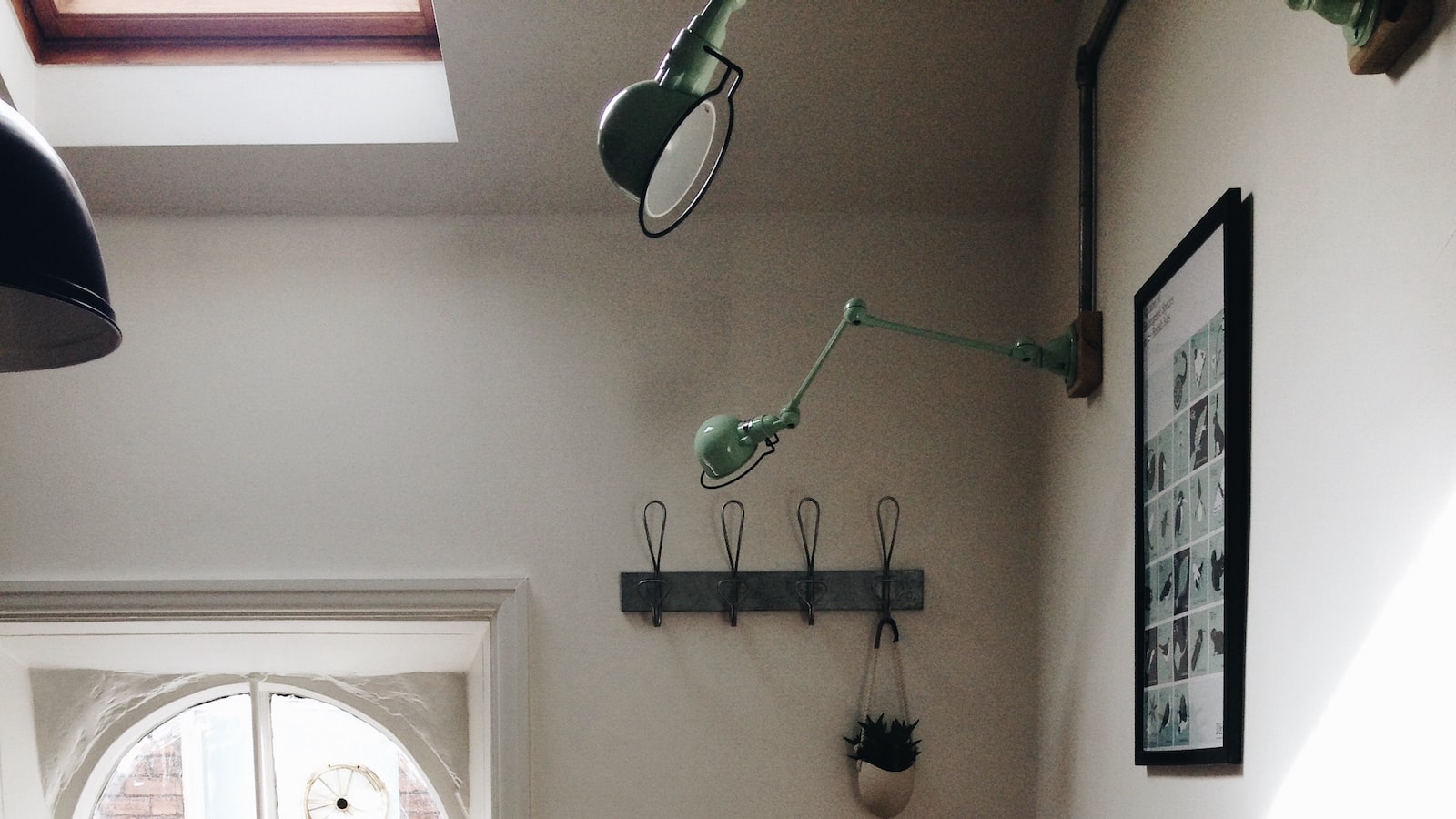Growing Peppers Indoors – Guidelines & Tips
Growing peppers indoors is becoming increasingly popular among gardeners of all experience levels. Peppers are versatile vegetables—they can be used in both savory and sweet dishes, and are well-suited for growing in containers. With the right care, you can enjoy peppers from your own windowsill all year long.
1. Choose the Right Container
When selecting a container for your pepper plants, make sure it’s at least eight inches deep and wide. This will give your pepper plants enough room for the roots to spread out and ensure that they get enough nourishment. Make sure the container is well-draining and use a light, sandy potting soil.
2. Select Disease-Resistant Varieties
When choosing which types of pepper plants to grow, look for varieties that are resistant to disease. Look for plants labeled as “disease-resistant” or “high resistance” in stores or online. This will help ensure that you’re starting off with plants more likely to yield a fruitful harvest.
3. Give Them Enough Light
Peppers need a lot of sun and heat. If you’re growing in a home or apartment, you can use artificial lighting. You’ll need to provide at least 14 hours of light per day, using cool fluorescent bulbs or LED’s. If you have adequate natural light, make sure to rotate your plants often, to ensure they’re getting enough exposure.
4. Keep the Soil Moist
Your pepper plants need plenty of water to flourish. Water your plants when the soil is dry approximately 2-3 inches down. Avoid wetting the foliage to prevent the spread of disease. You may wish to install a humidity tray below the container to help maintain the correct level of moisture.
5. Feed and Prune Your Plants
Once your peppers have started to develop, they will need additional nutrients. Feed your plants every two weeks with a liquid fertilizer. Make sure to follow the instructions on the bottle. Also, prune your plants regularly. Cut off any dead or unhealthy growth to promote larger, healthier peppers.
6. Give Them Time
Growing peppers indoors takes patience and dedication, but the end results will be worth it. Keep your plants in a sunny location, water and fertilize regularly, and prune as needed. With the right care, you’ll have pepper plants producing delicious, home-grown peppers all year round.



